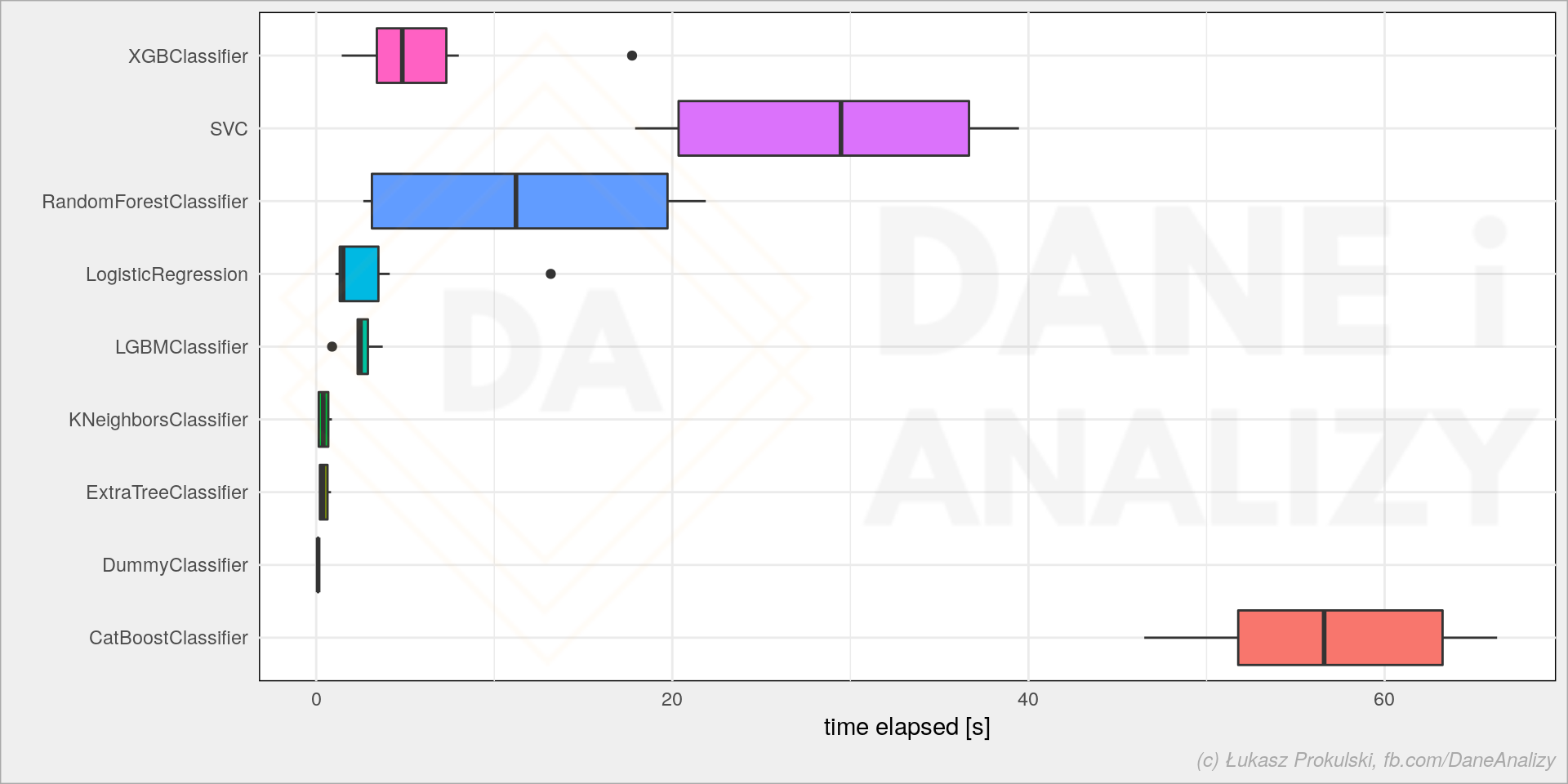Le guérisseur a appris à son fils aîné comment on coupe les racines du Diospyros.
fibar -- (fibar bi? the healer? as in feebar / fièvre / fever? -- used as a general term for sickness).
bi -- the (indicates nearness).
jàngal v. -- to teach (something to someone), to learn (something from someone) -- compare with jàng (as in janga wolof) and jàngale.
na -- pr. circ. way, defined, distant. How? 'Or' What. function indicator. As.
taaw+an (taaw) bi -- first child, eldest. (taawan -- his eldest).
bu -- the (indicates relativeness).
góor gi -- man; male.
ni -- pr. circ. way, defined, distant. How? 'Or' What. function indicator. As.
ñuy -- they (?).
dagg+e (dagg) v. -- cut; to cut.
reen+i (reen) bi -- root, taproot, support.
aloom gi -- Diospyros mespiliformis, EBENACEA (tree).
https://www.youtube.com/watch?v=BryN2nVE3jY


